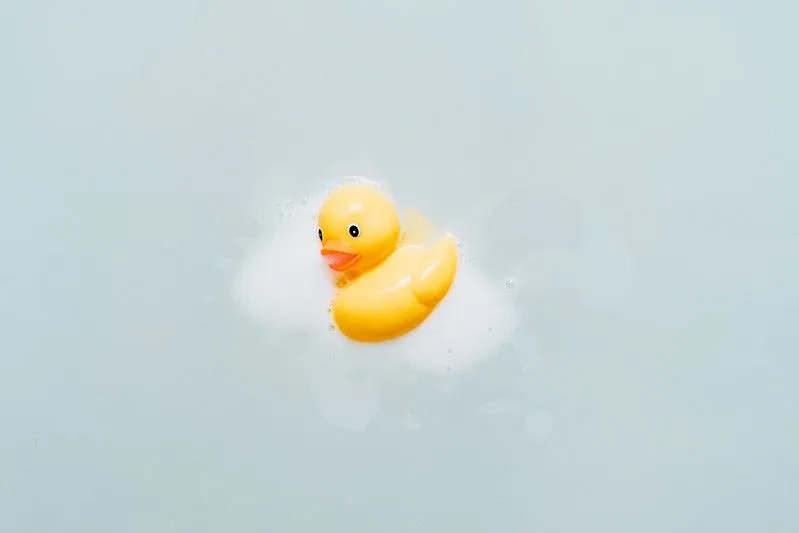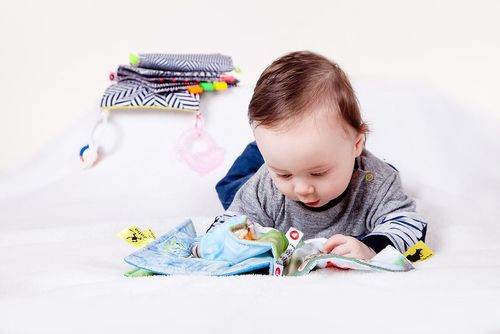FOR AGES 3 YEARS TO 7 YEARS
Upon starting in Reception at school, your child will be formally introduced to ‘phonics’.
Phonics is a way of teaching children how to read and write. Teaching phonics helps children to hear, identify and use different sounds in the English language.
Here are 15 simple and fun phonics activities that will enable your children to practice their phonics skills, and learn some new sounds along the way!
You will need:
Paper
Pen
Ruler
This game is perfect for children aged 4-7. Using two pieces of paper, write some sounds out in different orders on each grid. Create a set of corresponding cards and turn them face down. You then take it in turns to pick a card and read the sound, if you read it correctly, you then find it on your board and colour it. First one to get four sounds in a row wins! To extend you can get each player to say a word containing that sound for a bonus point! Perfect for learning new sounds or revising old ones. This activity is simple, fun and effective!
You will need:
A selection of children’s books that your kids enjoy
Paper
Pencil
Hunt for whatever sounds you are learning within the books that you have at home! You could even make paper ‘magnifying glasses’ to make it extra fun! Why not make a little tally chart or tick sheet so you can see how many of each sound you’ve managed to find?
You will need:
Chalk
A wall (or a patio)
Write the sounds which you would like your child to learn on the wall. You can make this activity simple by writing single sounds and you can extend your child by writing digraphs and trigraphs on the wall. Ask your child to stand back so that they can see all the sounds. Say one of the sounds to your child and ask them to run to touch it! Speed is the name of the game!

You will need:
Paper
Pen
Scissors
Ask your child to write out three different tricky words on small pieces of paper or card. Then get them to write out each tricky word 10 times on separate pieces of paper/card – making their own cards to play with. Shuffle them up and deal them out. Hold your cards face down so you can’t see them and take it in turns to put them down. If there is a match then you shout out “snap!”. The winner is the person who has the most cards at the end.
You will need:
Words in your mind!
Choose a word and say it out loud. For example, ‘dog’. Dog has three sounds d -o- g. Clap the sounds so that your child can clearly hear each one. Dog has only one syllable so you can repeat this activity by clapping once for the word dog.
You will need:
Paper
Pen
Ruler
Here’s one for the older kids (aged-7 to 99!) A word ladder is a sequence of words formed by changing just one letter at a time. The number of words on the ladder is dependent on how many steps it takes to get to the final word. You start with the first and the final word (which have to be the same length) and then it’s go time! This is fab for trial and error. It can be made easier or harder depending on the length of the words chosen.

You will need:
Tape
Toy cars
Paper
Pen
Stick labels on toy cars, each with a different sound on. For example one car can have ‘ch’ on, another can have ‘ee’. Using tape, set up a road track on your floor with car parking spaces. Label each car parking space with a corresponding word containing each of your sounds – for example ‘chair’ and ‘tree’. Your children have to park the car with the corresponding phoneme in its correct car parking space! This is such a fun activity – your children won’t even realise they are learning!
You will need:
Paper to make a wand (or you can print one out)
Pen
This is a split digraph activity. An example of a split digraph is ‘i-e’ where, in the word ‘smile’ – the ‘e’ at the end is silent and changes the sound of the middle vowel.
You need to write a selection of words that have a ‘magic e’ at the end but leaving out the e! for example you would write:
-smil
-mak
-tim
Get your child to read each word first without the magic wand and then place the wand at the end to change the vowel sounds.
You will need:
Paper and a pen to write some real and fake words on
Two empty containers
It’s important, when teaching early reading, that children are provided with the opportunity to read both real and nonsense words. This is because reading ‘fake’ words allows you to see whether a child can blend sounds to read words that you know they have never seen before. Write a selection of different real and fake words on pieces of paper, then get two containers labelling one of them ‘real’ and one ‘fake’. To make it extra fun, I turn the words over. The child then picks one, reads it, and decides if it’s real or fake.

You will need:
Balloons
Water
A pen and paper
Tape to stick the sound to the filled balloons
A fun phonics sounding out/spelling game. Fill up balloons with water and stick on the phonemes (sounds) to spell out words. Jumble the sounds up and lay them in the garden. The children then need to pop the balloons in order to spell the words! Making spelling/phonics fun for children makes all the difference and we find this to be a really effective word game for children.
You will need:
Yourselves!
Go outside or open the window. Encourage your child to be very quiet in order to hear all the sounds around them. Hearing and copying the sounds around you is the very first way children learn how to make their own sounds. If you hear a lawn mower, why not have a go at making that sound yourself. You could draw a picture to represent this sound or even write some letters which make that sound. For example ‘vrrrr’.
You will need:
Sand
A tray
Your finger/pencil/paintbrush
This activity is wonderful for helping children to gain confidence with their letters and sounds. Put some sand into a tray. Demonstrate to your child how to form a letter. They then use their finger and/or a paintbrush to write the letters in the sand. This is great as it’s quick, easy and editable. After practicing this way, your child will be more confident to write on paper. This activity is fantastic for handwriting practice too!
You will need:
A bag
Some small toys
Put some toys in a bag so that your children can’t see what is inside. You or your child can then pull an item out and say out loud what it is. Now you can ‘robot’ the name of the toy. This helps your child to hear all the sounds in the word (this is called segmenting). For example: if you took a toy cat out of the bag, you would say ‘c’ – ‘a’ – ‘t’.
You will need:
Bath filled with water and a selection of bath toys
Play I-spy with your child using the toys in the bath. To make this activity easier, robot talk the name of the toy.

You will need:
Lipstick
A mirror
Who needs lipstick anymore? Why not write up some letters or sounds on your bathroom mirror using your best-loved (OK, maybe least-loved) shade? Every time your child brushes their teeth or washes their hands (20-second rule) they will have to glance at the letters. This has been a tried-and-tested technique by us for many years and is without a doubt a fantastic way to tackle some of the trickier sounds.
Read The Disclaimer
At Kidadl we pride ourselves on offering families original ideas to make the most of time spent together at home or out and about, wherever you are in the world. We strive to recommend the very best things that are suggested by our community and are things we would do ourselves - our aim is to be the trusted friend to parents.
We try our very best, but cannot guarantee perfection. We will always aim to give you accurate information at the date of publication - however, information does change, so it’s important you do your own research, double-check and make the decision that is right for your family.
Kidadl provides inspiration to entertain and educate your children. We recognise that not all activities and ideas are appropriate and suitable for all children and families or in all circumstances. Our recommended activities are based on age but these are a guide. We recommend that these ideas are used as inspiration, that ideas are undertaken with appropriate adult supervision, and that each adult uses their own discretion and knowledge of their children to consider the safety and suitability.
Kidadl cannot accept liability for the execution of these ideas, and parental supervision is advised at all times, as safety is paramount. Anyone using the information provided by Kidadl does so at their own risk and we can not accept liability if things go wrong.
Kidadl is independent and to make our service free to you the reader we are supported by advertising.
We hope you love our recommendations for products and services! What we suggest is selected independently by the Kidadl team. If you purchase using the buy now button we may earn a small commission. This does not influence our choices. Please note: prices are correct and items are available at the time the article was published.
Kidadl has a number of affiliate partners that we work with including Amazon. Please note that Kidadl is a participant in the Amazon Services LLC Associates Program, an affiliate advertising program designed to provide a means for sites to earn advertising fees by advertising and linking to amazon.
We also link to other websites, but are not responsible for their content.
Was this article helpful?



Browse Category



We’ll send you tons of inspiration to help you find a hidden gem in your local area or plan a big day out.



Check your inbox for your latest news from us. You have subscribed to:
Remember that you can always manage your preferences or unsubscribe through the link at the foot of each newsletter.